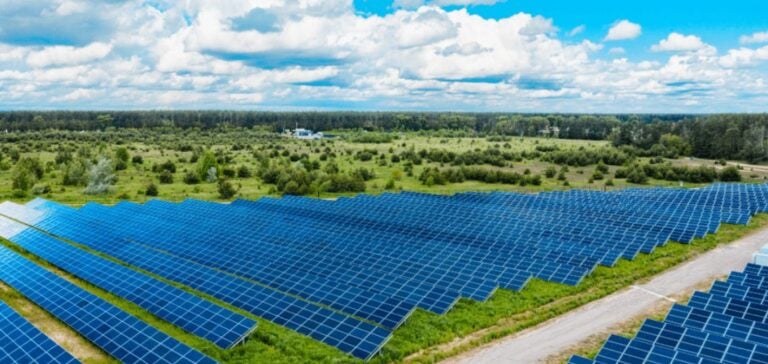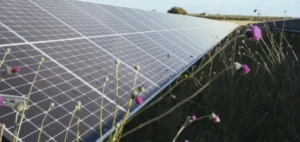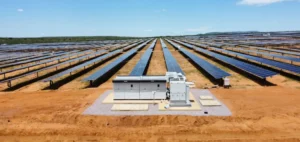Central and Eastern Europe now stands out not only for its rapid growth in the solar energy sector, but above all for the strategic opportunities it offers investors and companies in the energy sector.
The spectacular increase in installed capacity in Poland and Hungary, two markets previously dominated by fossil fuels, signals a fundamental shift in regional energy dynamics.
For investors, this shift represents an unprecedented opening to capture market share in a booming sector.
Recent figures show that Poland and Hungary are recording some of the highest increases in solar production in Europe.
This rapid expansion, combined with increasingly competitive installation costs, makes the region fertile ground for investment.
Unlike Western Europe, where the market is more mature and saturated, Central and Eastern Europe still offers significant room for growth.
A Growing Market: Opportunities and Risks
Investment in the solar sector in Central Europe is not limited to increasing installed capacity.
They also include developing new technologies, optimizing grid integration and innovating business models.
Poland, for example, has a fast-changing regulatory environment that favours public-private partnerships and large-scale projects.
Similarly, Hungary, with its rapid growth in solar production, is becoming an anchor for investors looking to diversify their energy portfolios.
However, these opportunities are not without risk.
Rapid growth, coupled with sometimes obsolete grid infrastructures, poses challenges in terms of stability and energy integration.
Investors must also navigate an ever-changing regulatory environment, where policies can strongly influence project profitability.
Expansion Strategies and Innovative Business Models
To maximize return on investment, industry players need to adopt flexible, diversified expansion strategies.
Agrivoltaics, which combines agricultural production with solar energy, offers an example of an innovative business model that could transform land constraints into competitive advantages.
These projects, already under development in Turkey and Poland, illustrate how innovation can be a lever for overcoming structural challenges and optimizing the use of available resources.
The region also offers opportunities for energy storage technologies, a key sector for ensuring the stability of power grids against a backdrop of strong growth in renewable energies.
The development of advanced storage solutions could not only stabilize grids, but also offer new sources of revenue for investors.
The future of solar energy in Central and Eastern Europe is therefore shaping up as a land of opportunity for those who can anticipate market trends and adapt to the unique challenges of this fast-changing region.






















